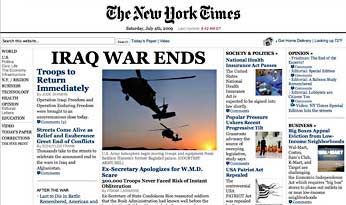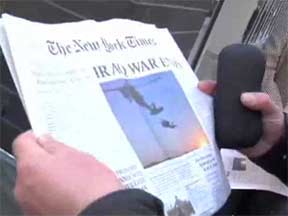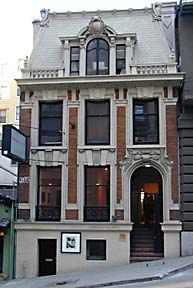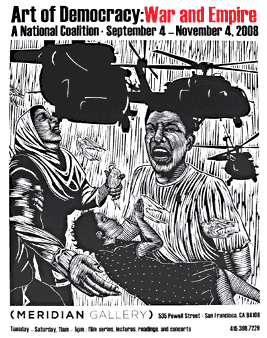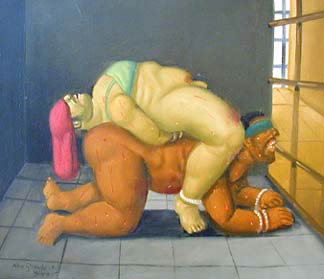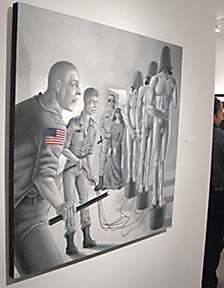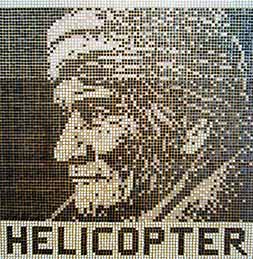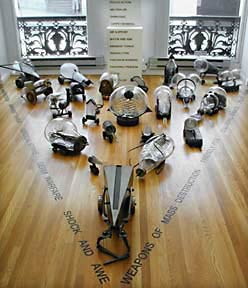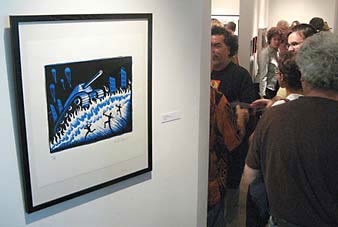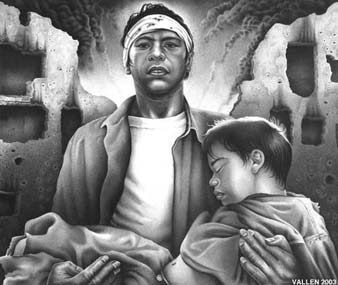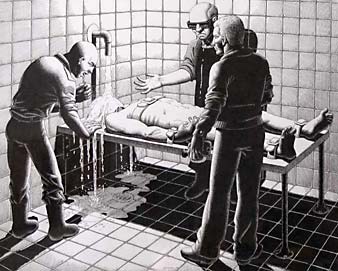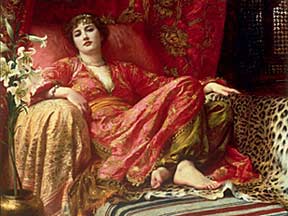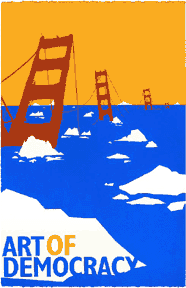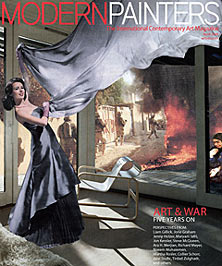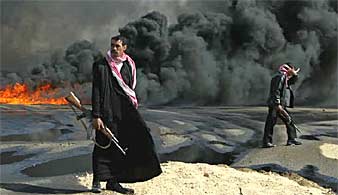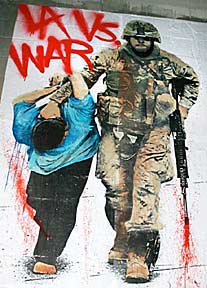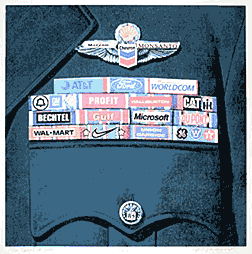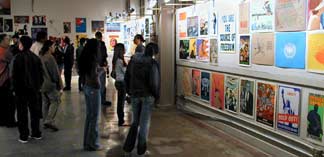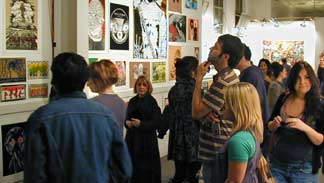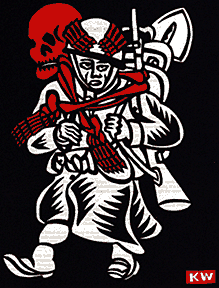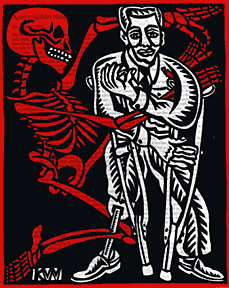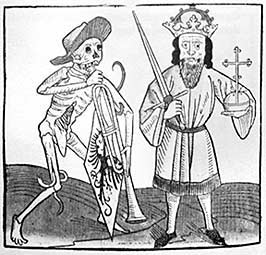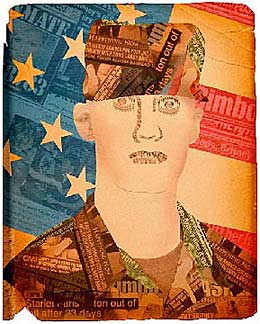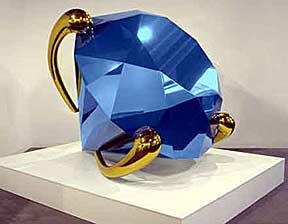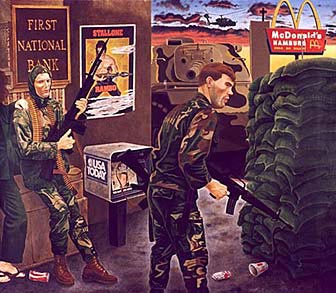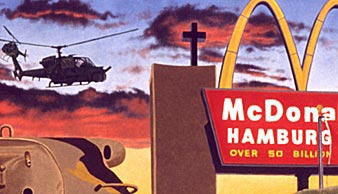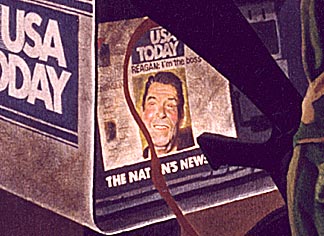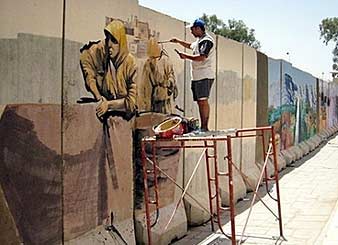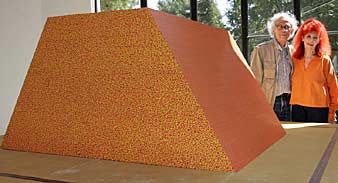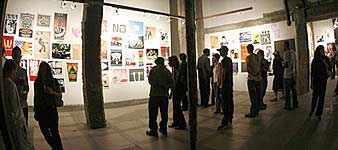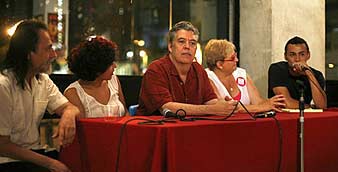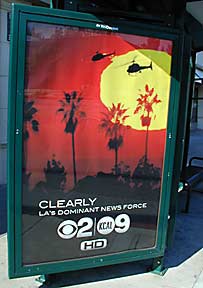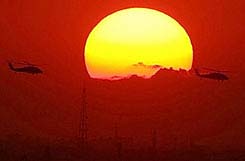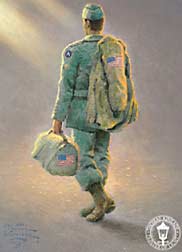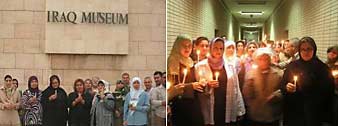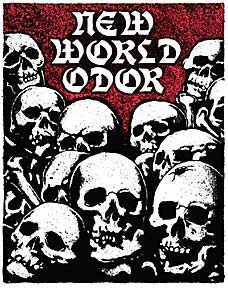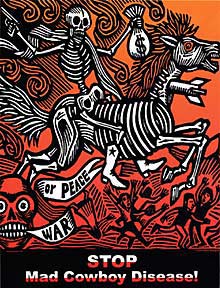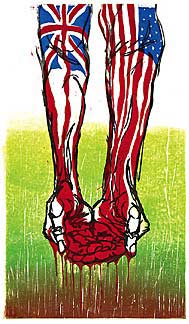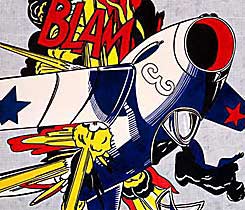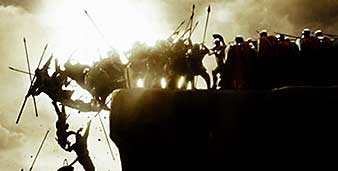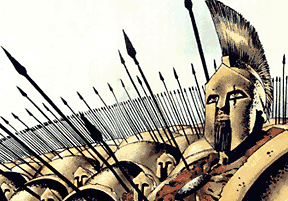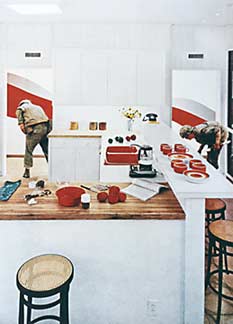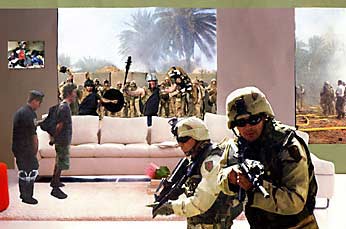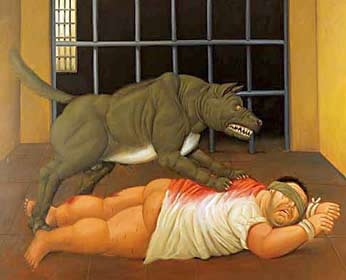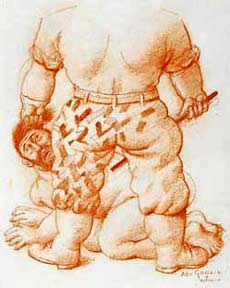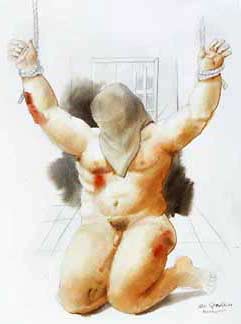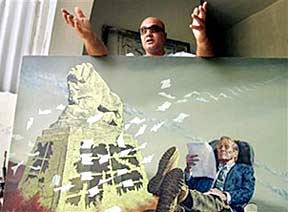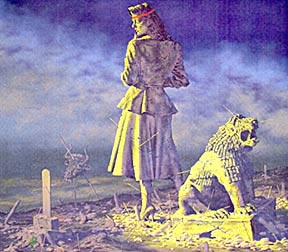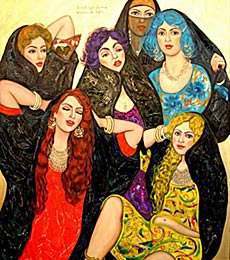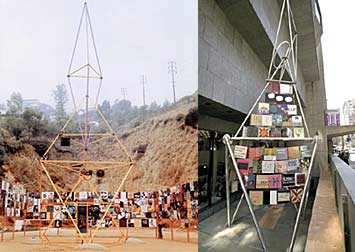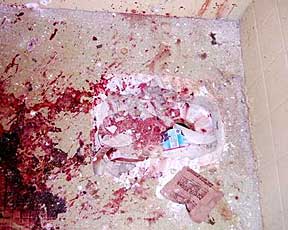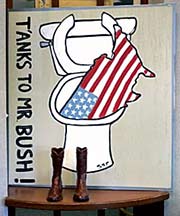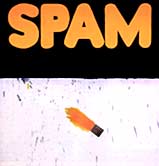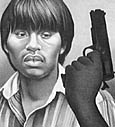Zombie Banks, Art Museums, & War
Yesterday Wall Street stocks tumbled to new record lows as financial leviathans demanded billions more in bailout funds. A new term is making the rounds, "Zombie Banks", an expression that describes insolvent banks kept operating through infusions of government bailout money. An older expression is also making the rounds - Depression.
Americans for the Arts (AFTA) has estimated that this year national arts organizations will layoff some 10% of their work force, or roughly 260,000 people. AFTA has also voiced the expectation that of the nation’s 100,000 arts organizations - some 10% will permanently close down. Clearly, the arts are being deeply affected by the economic collapse and the situation will undoubtedly get worse. The following list of U.S. museums that are closing or enacting deep cutbacks is but a partial account from just this past February. It illustrates the absurdity of thinking President Obama’s inclusion of $50 million for national arts funding in his stimulus package will have any substantial impact upon America’s deteriorating cultural landscape.
The High Museum of Art in Atlanta, Georgia, will cut salaries and eliminate 7 percent of its workforce. Director Michael Shapiro said, "As with many non-profit institutions both in Atlanta and across the country, the High Museum of Art has been affected by the economic downturn, experiencing shortfalls in income we receive through donations and membership as well as losses to our endowment." Shapiro will take a 7 percent cut in pay and other director-level employees will receive a 6 percent cut. All other workers at the museum will receive a 5 percent cut in pay.The following should put everything in context. The Associated Press reported on February 26, 2009, that President Obama has proposed war spending that nears "$11 billion a month for the next year and a half despite the planned drawdown of U.S. forces in Iraq." The AP went on to report that Obama plans on spending around $75 billion in emergency war funding for the wars in Iraq and Afghanistan through next fall, on top of which his new budget asks for $130 billion to carry out the wars for fiscal year 2010. The same AP story reports that these costs are just "part of the nearly $534 billion Obama wants for regular Pentagon operations next year. Altogether, Obama is asking for $739 billion for the military through the fall of 2010."
The Walters Art Museum in Baltimore, Maryland, has laid-off seven of its 150 employees, imposed a salary and hiring freeze, and cancelled a major exhibition of works by French painter Jean-Leon Gerome - an exhibit that would have been a collaborative project with the Musee d'Orsay in Paris and the Getty in Los Angeles. The museum’s budget has been reduced from $14.5 million to $12.5 million. The Walters also faces a 36 percent reduction in state funding, which means a loss of $420,000 for the museum next year.
The Baltimore Symphony Orchestra is also facing state funding cuts, which could mean a loss of some $700,000 for the beleaguered orchestra. The Baltimore Opera Company is now seeking bankruptcy protection and the Baltimore Chamber Orchestra has suspended performances for the rest of the season, with the Baltimore Theatre Project announcing it may have to do the same. The Maryland Historical Society, suffering a 31 percent reduction of endowments and a drop in state funding, has laid-off six staff members.
The Philadelphia Museum of Art has laid-off 16 members of its staff. The museum is not only reducing staff, it is postponing exhibits, decreasing programs, and cutting salaries. Senior staff are receiving salary cuts from between five and 10 percent. The museum has suffered a loss of $90 million in endowments, and the donations continue to shrink. Museum chair H.F. Lenfest bluntly stated, "If endowment keeps being reduced in value there are going to be further steps taken. We would anticipate further reductions in personnel and operating." The museum is also being hit hard by reductions in state funding, which this year dropped from $3 million to $2.4 million - with further cuts expected for next year. The museum wants to increase admission fees, an act that must first be approved by the city.
The Detroit Institute of the Arts will be laying off 63 of its 301 employees, a 20 % reduction in staff, as it attempts to cut its budget by $6 million. The museum is reducing its number of exhibits in a further attempt to save money, and it has already cancelled three exhibitions this year for lack of funds - an exhibit on Baroque art, a showing of works by Rauschenberg, Jasper Johns, and Jim Dine, and an exhibit of prints and drawings related to books. The museum also faces a total elimination of state funding, as Gov. Jennifer Granholm’s proposed budget for the state of Michigan puts an end to state arts funding, which would mean a devastating loss of $950,000 for the hard pressed DIA.
The Las Vegas Art Museum closed its doors on February 28, 2009. It shall retain its name in the hopes of re-opening if and when the economy improves. The museum faced a budget crisis that threatened to lay off workers and reduce salaries. Museum director Libby Lumpkin resigned over the announced cuts, and soon after the museum closed its doors.
New York’s Metropolitan Museum of Art has announced a hiring freeze and is restricting staff travel, as well as the use of temporary employees. In addition the museum will close 15 of its gift stores across the nation. The Met’s endowment has suffered a 30% reduction and museum attendance and membership has fallen due to declining tourism. The Met is considering other ways to reduce its budget, with museum president Emily Rafferty saying that "we cannot eliminate the possibility of a head-count reduction."
The Indianapolis Museum of Art will cut its staff by 10%, eliminating 15 full-time positions and 6 part-time positions. Ten senior staff members will receive salary cuts in a plan that takes 3 percent of their wages as "donations" to the institution. Endowments have fallen $101 million since this fall. The museum receives less than 1 % of its budget from government funding.
